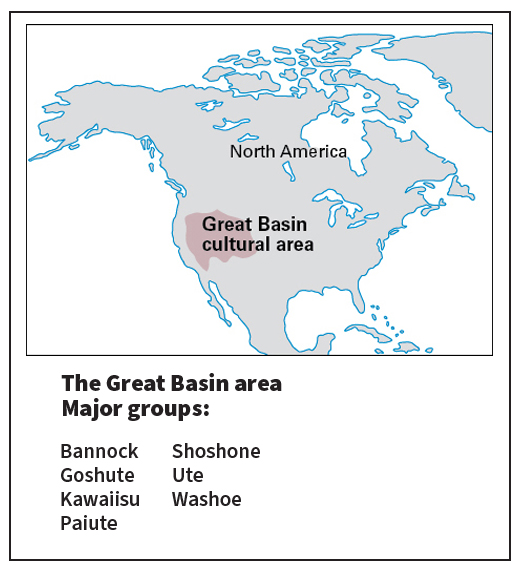Washoe, << WAHSH oh or WAW shoh, >> also spelled Washo, are a Native American people who live in California and Nevada near Lake Tahoe. Traditionally, Washoe territory extended from the western slope of the Sierra Nevada Mountains to areas as far east as Pyramid Lake in Nevada. The territory included Honey Lake and the upper valleys of the Truckee, Carson, and West Walker rivers.

The Washoe lived primarily in small camps. They built dome-shaped houses of poles and thatch in summer and cone-shaped homes of bark slabs in winter. For food, they fished; hunted deer and rabbits; and gathered plants, berries, and such seeds as pine nuts and acorns. Each spring, the Washoe gathered along the shores of Lake Tahoe, which they considered a sacred place.
The discovery of gold and silver around Virginia City, Nev., in 1859 brought numerous white settlers to Washoe lands. The settlers cut down many of the trees that had provided seeds eaten by the Washoe. Game became scarce, and the whites restricted fishing. As a result, most Washoe began living in poverty at the fringes of white settlements. In the early 1900’s, a number of Washoe reservations were set up in California and Nevada. The tribe has established housing, agricultural, and other development projects on the reservations. Today, about 1,400 Washoe live in the United States.
